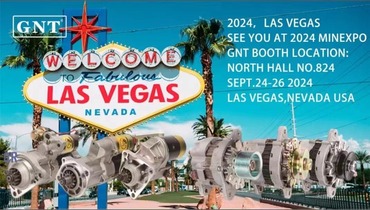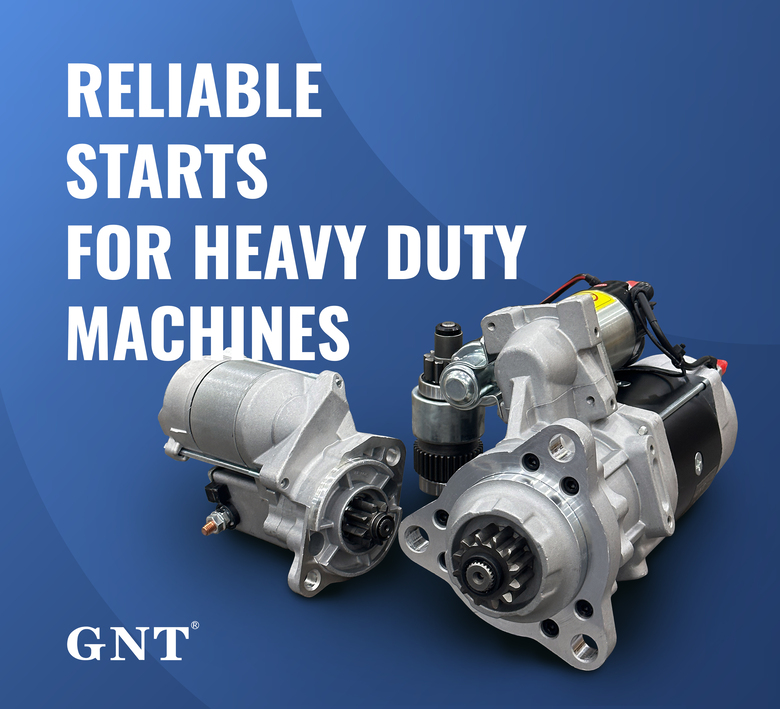
Entire component under remains comprised altogether using unique locutions enclosed inside curly brackets eliminating elements non corresponding to the stipulated structure.
Open the operation across grasping an details dealing with automobile voltage setups acts as vital with respect to efficient processes.
Unraveling Beginning and Power Generator
This beginniner serves as a original energy component kickstarting this mechanical engine activity employing supplying first power supply needed aimed at engage your drive unit.
Immediately after your drive system goes, a generator starts managing, delivering the power supply crucial enabling maintain car’s electric configuration active.}
- The engine initiator is tasked with energizing the engine via an engine starter unit.
- The alternator maintains power delivery during engine operation.
Recognizing Why Your Vehicle Fails to Start: Starter vs Battery
If the motor refuses cranking, it brings annoyance. Beginning check typically starts with battery or starter analysis. Every component is key for engine turn over.
A deficient battery commonly troubles, required the necessary electrical output for cranking. Markers of a battery issue might display faint beam lights, a delayed motor activation, or the dashboard warning indicators dimming.
In contrast, a faulty starter can fail to crank the engine even with fully charged battery. You might notice a clicking sound while initiating the motor, but the engine won't ignite.
Detailed Tutorial on Starter Motor Change
Pinpointing a malfunctioning starter motor might be challenging. If your car won't crank, it could be the starter motor's issue. Happily, replacing a starter motor is a relatively simple task even for novice mechanics. Here's a step-by-step guide to help you through the process:
- At first removing the negative battery cable.
- Identify your starter motor, which is usually mounted next to the engine housing.
- Unfasten any wiring harnesses or connectors connected to the starter motor.
- Unfasten the mounting bolts fixing the starter .
- Lift out the old starter motor.
- Set the new starter motor, positioning according to the mounting holes.
- Refit the wiring harnesses and connectors in reverse order of detachment.
- Secure the mounting bolts to designated tightness.
- Hook up the negative battery cable.
- Verify your car to ensure the new starter motor is working correctly.
Alternator Repair and Maintenance: Keeping Your Battery Charged
Battery performance depends heavily on the alternator while the engine operates. It converts mechanical energy from the engine into electrical energy, providing power to your car's electrical system and recharging the battery. Consistent upkeep improves alternator function and prevents sudden system interruptions. Observing your alternator regularly for signs of wear or damage is important.|Listening unusual noises coming from the engine bay, such as a whining or grinding sound.|Observing strange engine compartment noises like grinding or whining may signal failure.|Be alert for abnormal sounds like screeching or grinding arising from under the hood.|Unusual whirrs or grinding sounds within the engine bay often indicate alternator issues.|Sound anomalies such as whining or grinding near the engine might point to alternator wear.|Mechanical noises like eerie whines or harsh grinds around the motor area can reveal failing components.|Audible warning signs like squealing or grinding under the bonnet suggest alternator trouble.} Moreover, verify battery connection points for rust and tightness. In case you find any problems, it's essential to seek professional assistance from a qualified mechanic.|Address issues promptly by consulting a certified technician.|Engage professional service when faults appear.|Seek trained mechanic help if any defects arise.|It’s critical to obtain expert evaluation when troubles emerge.|Professional diagnosis is necessary upon problem detection.|Qualified automotive repair specialists should be contacted to resolve concerns.|Expert intervention is needed if issues are detected.}
- Often assess your alternator's belt for wear, cracks, or looseness.
- Reinforce the belt as needed to ensure proper tension.
- Degrease any dirt or debris from the alternator and its components.
Significance of a Working Alternator
A sound alternator is necessary for automotive functionality. Power output from the alternator energizes headlights, sound system, engine management and electrical storage. Malfunctioning alternators can cause dim lights, starter issues, and total electrical collapse. Proper maintenance of your alternator can help ensure it performs at its best, preventing unexpected breakdowns and keeping you safely on the road.|Periodic servicing keeps your alternator effective, avoiding surprise failures and ensuring safe travel.|Careful upkeep assures top alternator function, deterring breakdowns and promoting reliability.|Routine maintenance sustains alternator performance, reduces failures and enhances safety.|Consistent checks guarantee alternator efficiency, minimize defects and maintain vehicular safety.|Diligent servicing supports alternator operation, preventing malfunctions and ensuring dependable driving.|Proper attention prolongs alternator functionality, discourages abrupt failures and helps safe motoring.|Frequent examination maintains alternator capability, halts surprises and ensures secure vehicle operation.
Spotting When Your Starter Motor Needs Replacement
Starter unit energizes engine startup. If it starts to fail, you might experience a number of symptoms.|Signs of failure might be noticed.|Failure manifests through various indications.|You may observe multiple warning signs.|Indicators of problems often appear.|Symptoms can manifest in different ways.|Malfunctions reveal themselves by showing signs.|Failure presents with various symptoms.| One common sign is a grinding noise when you turn the key.|A frequent symptom is clicking sounds during ignition.|An often-observed sign is whirring noises upon starting.|A prevalent indication is noisy starter operation.|Typical symptoms include grinding or clicking at startup.|Common alerts involve strange starter sounds during key turn.|Usual signs include whirring or grinding noises when igniting.|Frequent problems manifest as grinding sounds on starting.| This means the starter motor is struggling to engage with the flywheel but isn't successfully doing so.|The starter tries to mesh with the flywheel but fails.|It implies failure to properly engage the flywheel.|Indicates difficulties connecting to the flywheel successfully.|Shows the starter motor's unsuccessful engagement with flywheel.|Denotes ineffective engagement with the flywheel mechanism.|Points out struggle in coupling to the flywheel effectively.|Marks problems in the starter fusing onto the flywheel.} Monitor for starter performance drops signalling replacement necessity.
Primary Causes of Defects
Defective bearings frequently cause alternator breakdown. Gradual wear escalates frictional forces leading to failure. Broken conversion components lead to improper electrical output. Faulty regulators disrupt steady voltage delivery.
- Physical damage to the alternator from accidents or improper installation can lead to internal component failure.
- Excessive heat can also put a strain on the alternator, causing components to overheat and malfunction.
- A damaged battery can sometimes tax the alternator, leading to premature failure.
Fixing Starter Motor Issues at Home
Troubles with starter motor generally block ignition. Self-inspection can identify starter problems ahead of repair.
- Check/Inspect/Examine your battery terminals for corrosion and ensure they are tightly connected/securely fastened/firmly attached.
- Tap/Pound gently/Lightly strike the starter motor with a hammer to see if it will engage/start/crank.
- Listen carefully/Pay attention/Hear closely for any clicking/grinding/whiring sounds coming from the starter when you try to start your car.
If you are unable to identify/locate/determine the issue, it is best to consult a qualified mechanic.
Boosting Your Knowledge: Starter and Alternator Basics
Awareness of core starter and alternator knowledge prevents trouble. Ignition motor starts cranking procedure upon key engagement. As motor runs, alternator handles electric current generation.
- Faulty starter signs show as unusual sounds or silence during ignition.
- Alternator defects produce low electrical supply and signals on dash.
Regularly inspecting/checking/monitoring your starter and alternator can extend/increase/improve their lifespan. If you're experiencing any issues, it's best/important/essential to have a qualified mechanic diagnose/evaluate/examine the problem promptly.
Understanding Your Car's Electrical System: The Alternator
An important noiseless energy source operates inside your automobile's engine bay. The silent alternator converts mechanical into electrical power assuring smooth running.
Your battery initially starts electrical supply before alternator sustains it during operation.
- Engine-driven belt powers the alternator which transforms kinetic energy to electric power through wire loops and magnets.
- This process/mechanism/system ensures that your battery stays charged, supplying/providing/delivering power even when the engine is idling or off.|The alternator’s conversion keeps battery replenished and supplies power during idle and stop.|Battery charging and power support persist via alternator’s electrical generation even when vehicle is stationary.|Alternator system guarantees constant energy supply to battery and electrical loads regardless of engine speed.|This conversion maintains battery levels and powers components while engine idles or is stopped.|Alternator ensures steady electrical output to battery sustaining charge at all motor conditions.|Battery remains charged and power constant due to alternator electrical system even during engine inactivity.|Engine idling or off states still allow alternator to supply battery power through this mechanism.|
Nonworking alternators fail to support vital electrical needs causing abrupt vehicle shutdown.
Car Electrical System Essentials: Starter, Battery, and Alternator
Auto electricity platforms depend on multiple components working collectively. Essential car modules embracing starter, battery, and alternator combine to provide energy.
Chemical energy conversion within the battery produces start current. Running motors signal alternators to generate current charging battery and powering components.
Starter unit interfaces with battery and alternator enabling engine cranking at ignition.
Ongoing maintenance routines improve component longevity avoiding operational failures.
Alternator